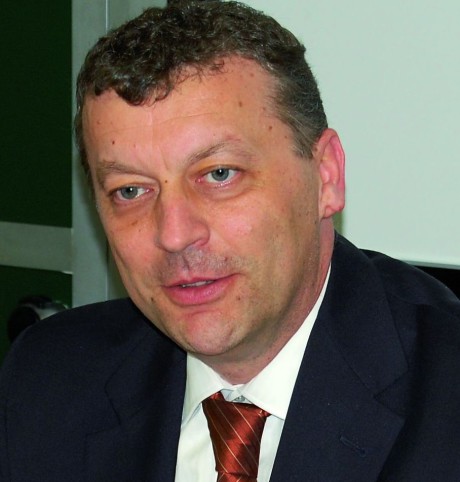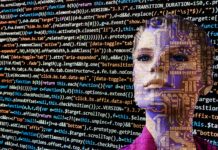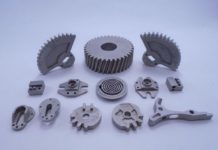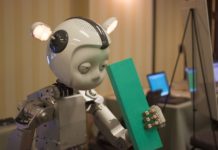Roberto Paoluzzi –
The deep crisis of the last years and the contemporaneous international changed scenario deriving from the delocalization of productive markets, coupled with the general trend of progresses in the digital technology issue, have led to some reflections about the industrial scenario analysis.
In this context is framed the programme launched by the German Government, called 4.0, which outlines how in the next 10 or 20 years we will witness the fourth industrial revolution.
The first industrial revolution took place with the production mechanization, at the end of the Eighteenth century, using water and steam to produce the necessary power; the second saw the production standardization and the electrification of the power source while the third was characterized by the digitalization and the electronics use for a further production automation. The fourth revolution will be distinguished by the introduction of the so-called CPS (cyber-physical systems) and by IoT (Internet of Things). The key elements of this vision are highly flexible and customizable systems, where automation techniques make extensive use of self-adapting and self-teaching methodologies, self-diagnosis and cognitive techniques to adjust production systems and to help employees in carrying out complex operations in cooperation with machines and with the aid of systems based on the massive data exchange among machines, components and operators.
The scenario of a factory where workers and robots cooperate in an environment that can be dynamically reconfigured is already under study in some pilot projects but its landing on the real productive stage is more a matter of time and resources than a question of opportunities, about which opinions agree. The base principle of Industria 4.0 is that through the connection of machines, processed items and systems, we can create smart nets inside the whole value chain, able to control one another autonomously. Some examples can be machines able to foresee failures and to trigger maintenance processes automatically, or a self-adaptive logistic able to react automatically to unexpected changes in production, in the availability of materials or in the market demand. The fact that Robert Bosch foundation is committed in the forefront of first pilot projects induce us to think that the first positive repercussions will soon appear in the hydraulic industry, too. The standard scenario of Italian hydraulics has traditionally based good part of its success on the product quality, on the extreme flexibility and adaptability to customers’ requirements, historically made possible by the peculiarity of the production system based on small-medium lean and flexible companies. The challenge will consist in preserving this feature in a scenario of different industrial sizes, overcoming the borders of the single company and integrating whole production districts. One of the most frequent statements in the interviews with the leaders of the German initiative refers to “realities in which the production will become increasingly interconnected, until when everything will be interconnected with everything else”.
In the meantime, also in the United States they have launched an initiative known as Smart Manufacturing Leadership Coalition, with more or less similar purposes, grouping, under the form of no-profit organization, manufacturing consortia, universities, governmental agencies, public and private laboratories. Italy anyway is doing its part, at least from the point of view of the speculative boost in search for solutions. The Cluster “Smart Factory”, established around one year ago upon joint initiative of a pool of companies, research institutes and universities with the strategic support of Emilia Romagna Region, at the end of 2014 organized the first operational meetings and is trying, with its own initiatives and the coordination of international initiatives, to play a leadership role also in this change phase, trying to guide – instead of undergoing – it. Not forgetting the role that the second manufacturing economy in Europe has to play.



